Description
The tenth edition of this text of clear and precise calculation with superior applications establishes the standard in the calculation. The tenth edition of this text was carefully revised to give students the solid foundation they need to succeed in math, science, and engineering programs. Through a comprehensive technology package, this edition now includes more opportunities to incorporate optional technology.
In its tenth edition, the text not only presents students with the methods and applications of calculus, but also proposes a totally mathematical way of thinking. From the exercises, the examples and the development of the concepts that the theory reveals in a readable language, this book focuses on the thought and the communication of mathematical ideas. The calculation has great relation with many of the key paradigms of the mathematics, and establishes the real foundations for accurate and logical reflection around physical and mathematical subjects. Our purpose is to help students achieve the mathematical maturity required to master the material and apply their knowledge in an integral manner.
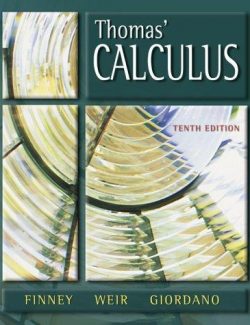
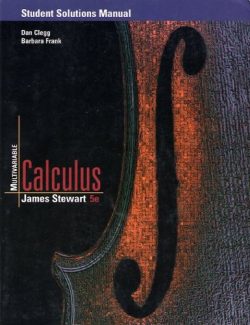
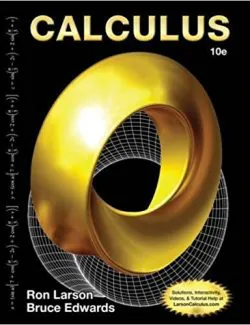
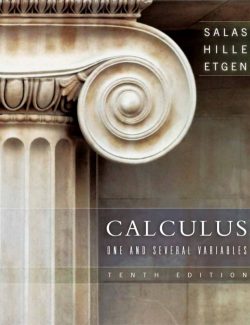
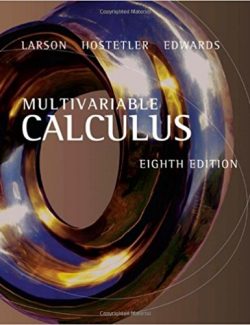
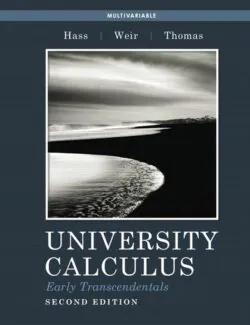
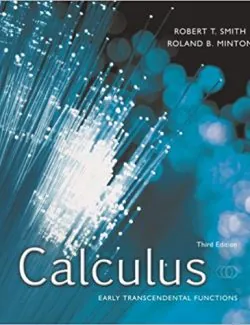
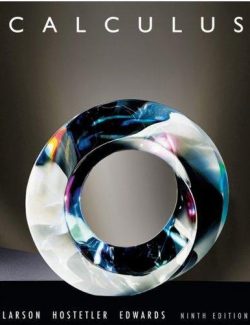
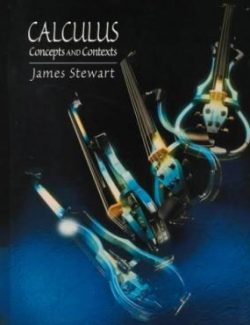
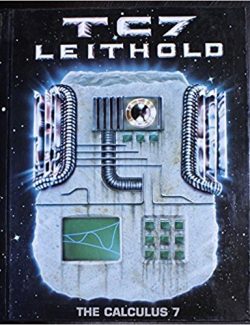
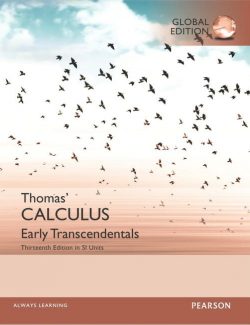
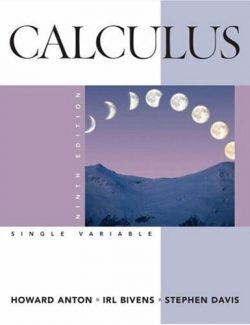
Leave us a comment
No Comments